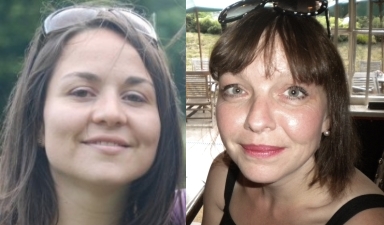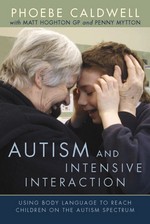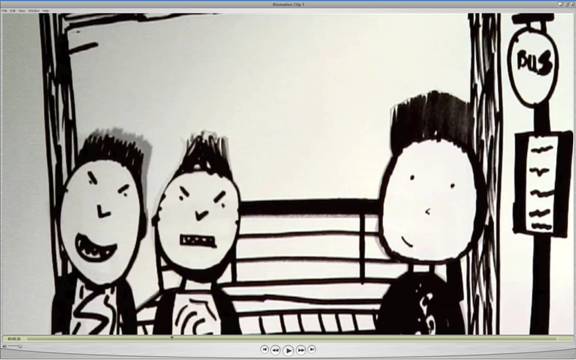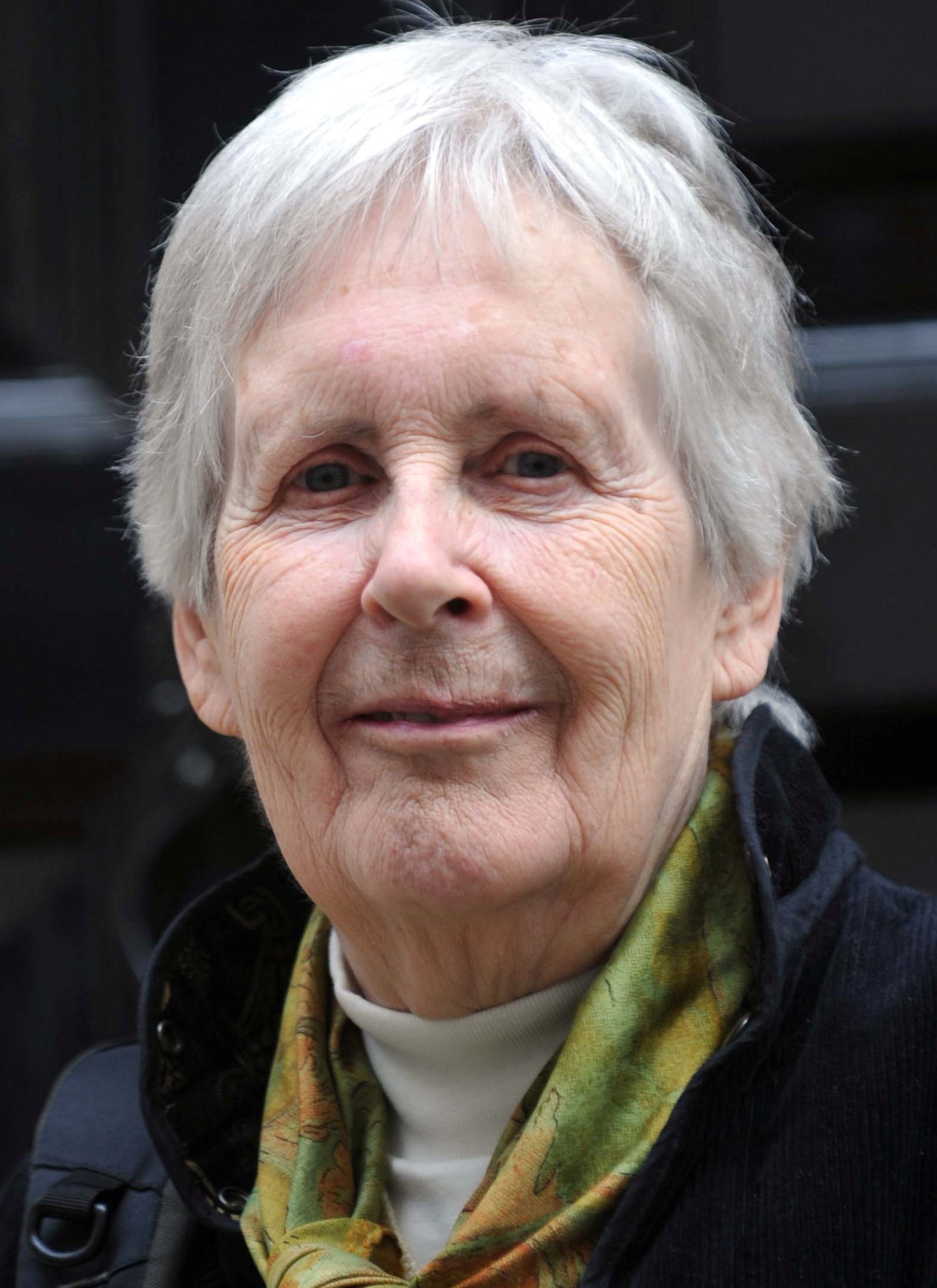“Autism can be an incredibly isolating disorder. Not only do parents wind up spending a huge amount of their time, energy, money and love on therapies and care – they also feel like outsiders in their own communities and families. It can be even worse for siblings who, through no fault of their own, are often excluded from ordinary activities. By getting out and getting involved in the community as it’s possible, families are able to reconnect with clubs, churches and synagogues, sports leagues… and often with their own families. Another huge plus for getting out into the world with a child on the autism spectrum is that families discover their child’s real strengths and abilities in ways that would never be possible in the school or therapeutic settings.”







